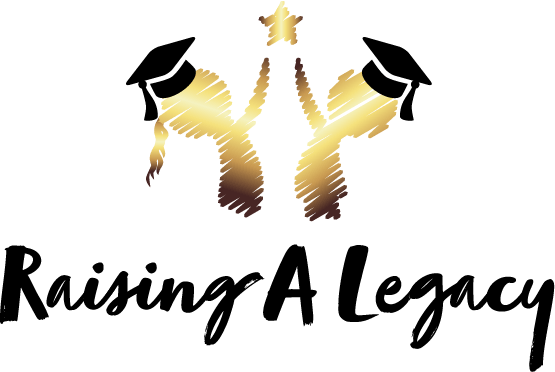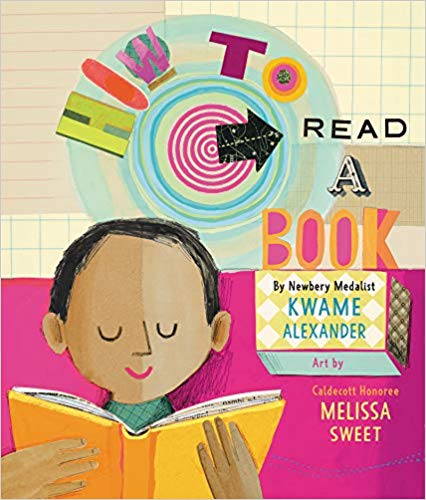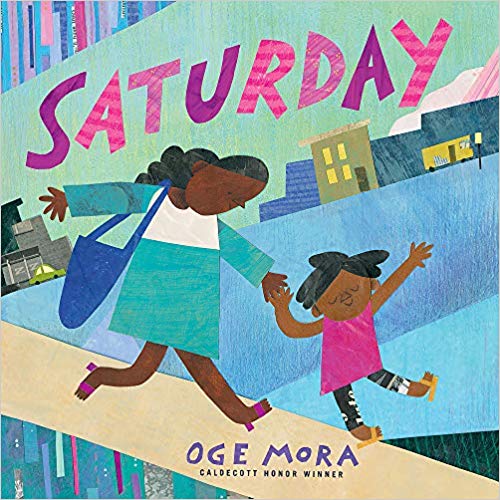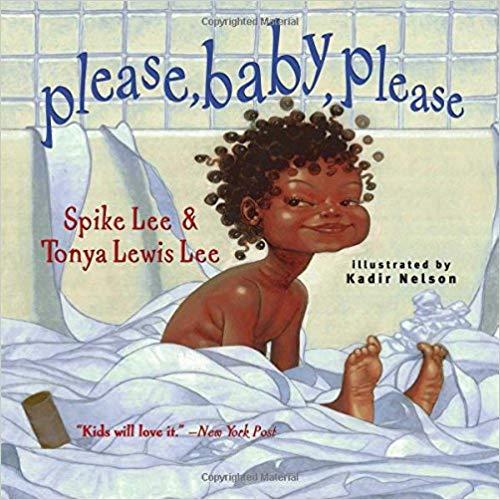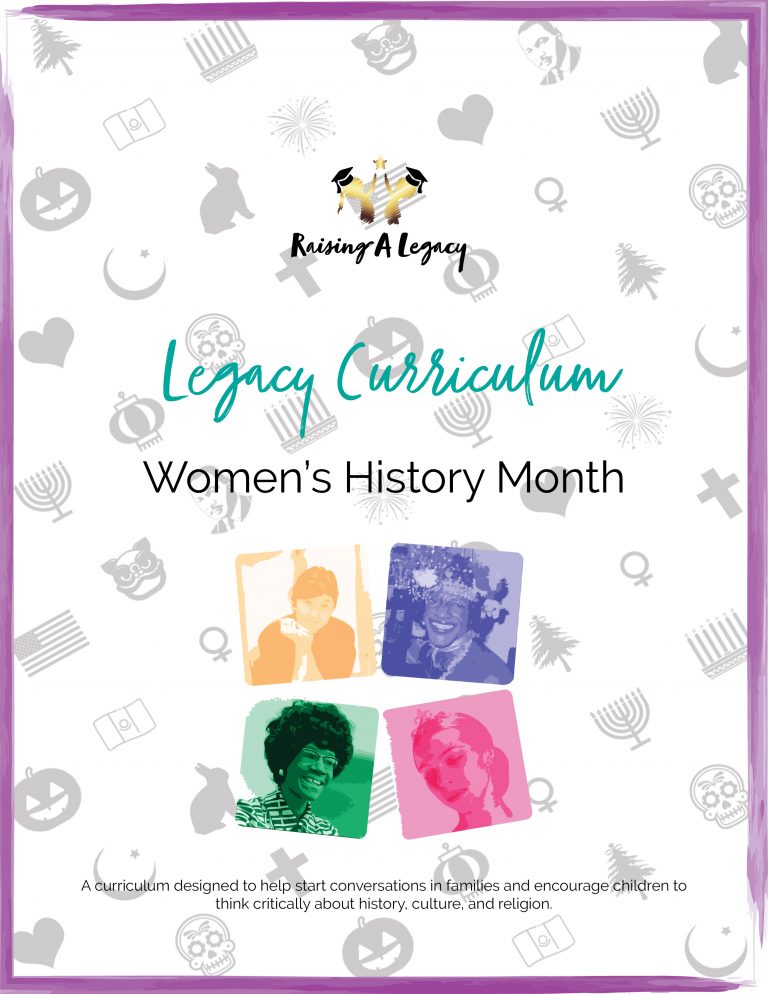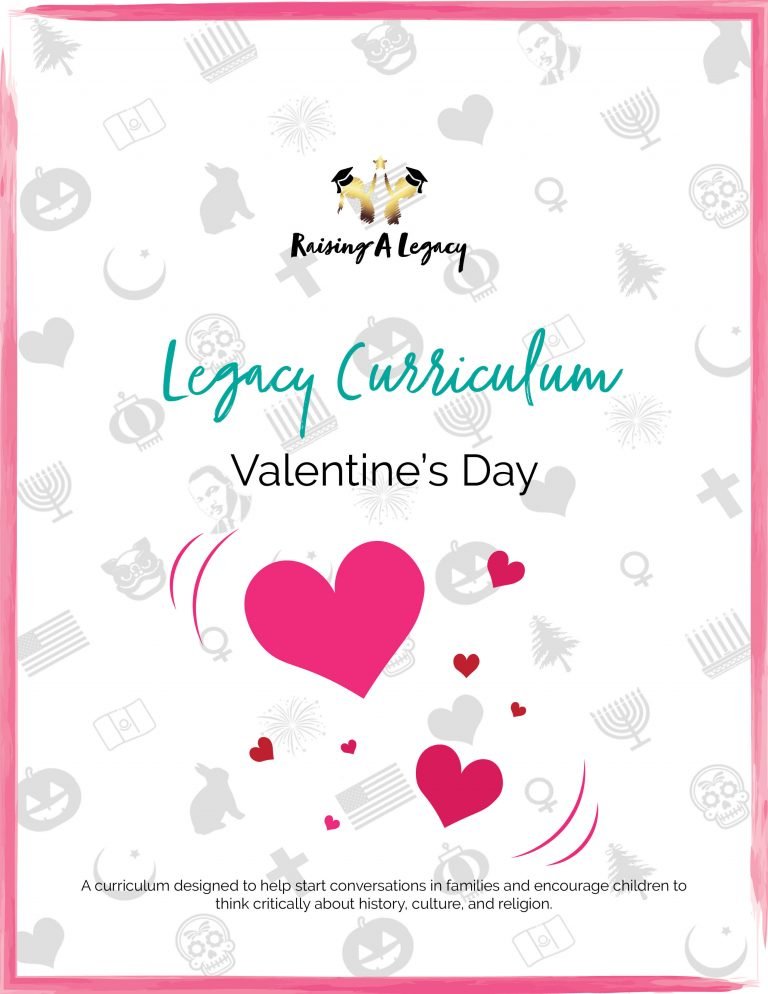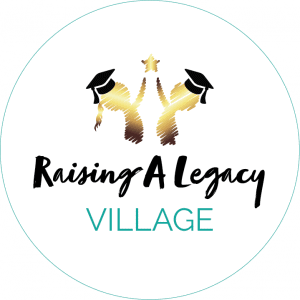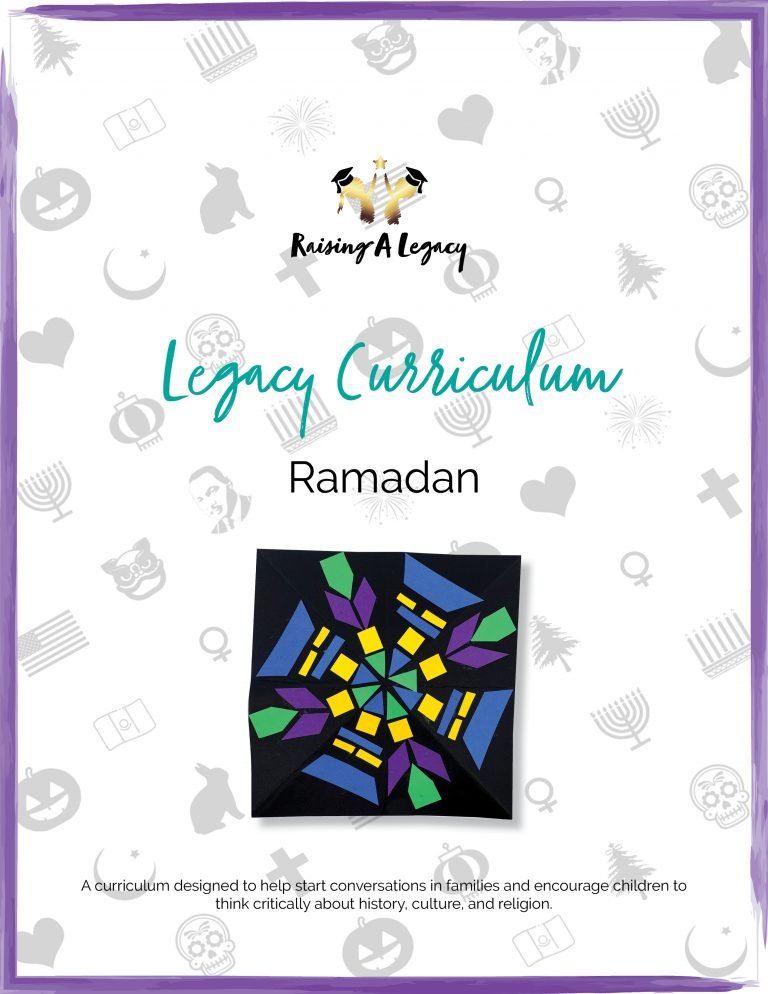
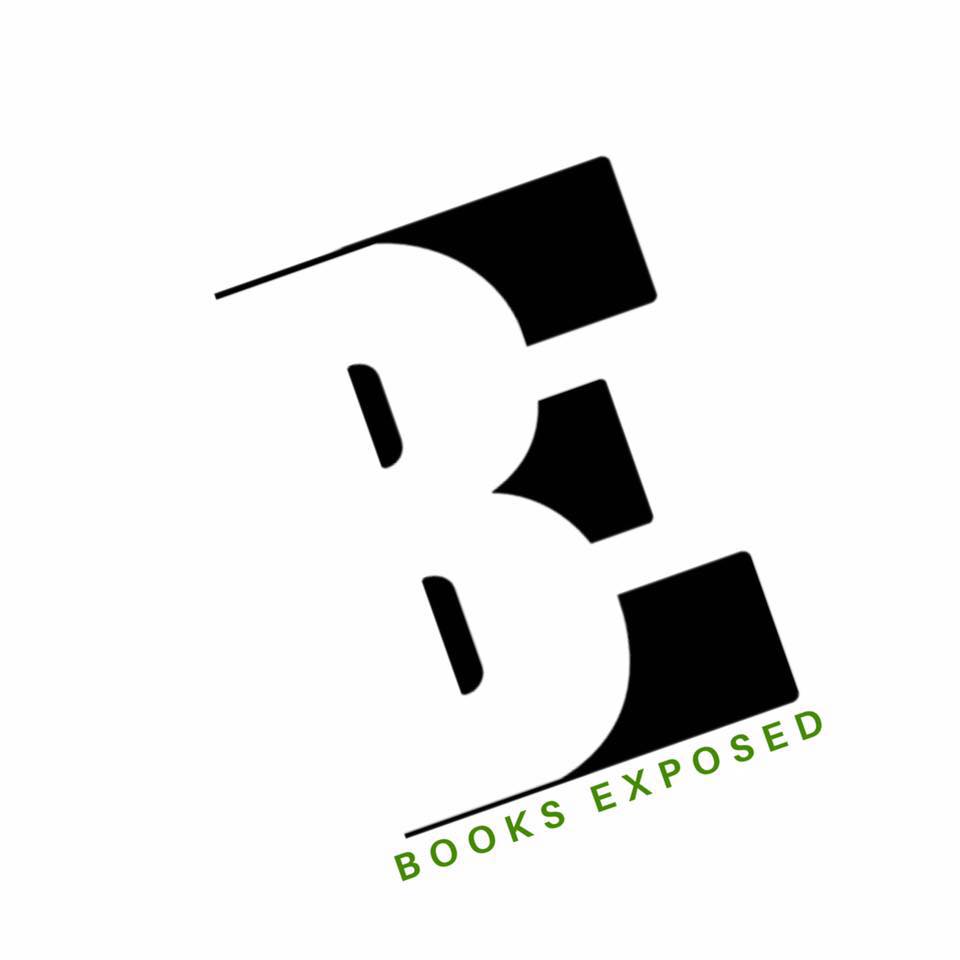
Interview with Tonya from Books Exposed
1. Tell us about yourself and what you are passionate about.
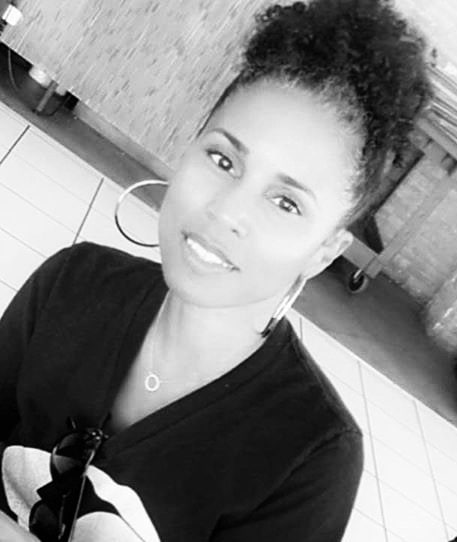
I am a mom of 3, a doting grandmother and a student of life. I’ve spent equal parts of my career in the mortgage/finance industry and childcare industry which in hindsight led me to develop the business model for Books Exposed. Books Exposed is a platform that I started several years ago and although it has taken many forms, the current book review model has brought me the most joy. I’ve spent 2019 fine-tuning the business to convert it from a passion project to a profitable business. I am passionate about providing youth with access to diverse literature and tools to strengthen their thinking, speaking, and financial literacy skills. In my downtime, I can be found spending priceless QT with my sweet grandbaby, enjoying a slice of cake or searching https://www.addtobucketlist.com for my next vacation!
2. I love how your website is dedicated to children reviewing books. How and why did you decide to have children review them over adults?
I’m intrigued by children’s perspectives of books since they are the target audience. I want to know if a book made them laugh, if they found the character relatable, if the book taught them a lesson or whether they liked or disliked it. It’s interesting to see if their thoughts on the book coincide with the author’s intended message. I also want children to recognize the impact of their voice and how it can influence their peers. Book Reviews given by children have the power to inspire other children to read. I must also add that I chose children because they are brutally honest and say what many of us are thinking and WISH we could say!

3. The books that you feature have protagonists of color. Why is this important?
I use my platform to amplify books that feature protagonists of color in order to provide exposure and give more access to them. This is important because providing access can increase readership and demand for these books. Increased demand can lead to more placement in bookstores and libraries. I imagine the day when there are so many diverse books in bookstores and libraries that they cannot be contained in a “special section”.
4. You also offer monthly meet-ups for locals, what are some things that are discussed at these meetings?
Youth can expect to discuss the benefits of reading, book review techniques, and basic financial literacy concepts. Meetups also include literary games to help youth enhance their speaking and thinking skills.
5. Recently, The Cooperative Children’s Book Center released their report on diversity in children’s books in 2018. It showed that 50% of children’s books featured characters that are white, and 27% of them featured characters that were in the animal/other category. African/ African American, Asian Pacific/Asian Pacific Americans, Latinx, and American Indians were much lower (10%, 7%, 5%, and 1%, respectively). Has this changed much over the years, what are the implications for this, and what does the future of children’s books look like?
I was not well versed on the statistics but after reviewing the CCBC 2018 results, I found that although the overall percentages of diverse books are low, there has been a slight increase in the actual production of diverse books over the past 10 years (2008-2018)
“Figures from the Cooperative Children’s Book Center at the University of Wisconsin-Madison show that the number of children’s books featuring African or African-American characters rose from 172 out of a total of 3,000 received by the CCBC in 2008, to 401 out of a total of 3,617 in 2018. A substantial increase was also recorded for children’s books received by CCBC that were by and about Asians or Asian Americans (98 featured Asians in 2008, compared with 308 in 2018, , and Latinx (79 books featuring Latinx characters were published in 2008, compared with 247 in 2018). The number of books featuring American Indians and First Nations characters also rose, although not as dramatically, from 40 in 2008 to 52 in 2018,.
Although we’ve only scratched the surface, I am hopeful and believe with our platforms, Publishing Companies such as Lee and Low, initiatives such as We Need Diverse Books and the exposure from countless social media platforms that promote diverse books, the future of diverse children’s books is bright.
6. For parents that are looking to add more diversity to their children’s bookcase, how do you recommend doing this? Are there some starter books you can suggest?
I would recommend bookmarking Books Exposed website (www.booksexposed.com) to see what books children are raving (or not raving) about. Other phenomenal resources include:
Book Stores: EyeSeeMe, Mahogany Books, The Lit.Bar, The Listening Tree, Mocha Books
Book Subscription Services: Just Like Me Box, Wam Book Bundle, Booklandia Box
Social Media (IG): @hereweread @multiculturalchildrensbookday @weneeddiversebooks
There are TONS of books to choose from now so it is difficult for me to choose a few.
The most recent additions to my library include: How To Read a Book by Kwame Alexander and Saturday by Oge Mora. My grandbaby’s FAV for over a year now is Please Baby Please by Spike Lee and Tonya Lewis-Lee
7. Developing financial literacy is also part of your mission. Can you speak more about this?
We compensate children for each book review they complete. This gives the perfect opportunity for me to introduce some basic financial literacy skills – Spending, Saving, and Sharing. I believe that early training in categorizing money can establish patterns for children’s future money-management behavior.
8. What is one thing that parents need to teach their children more about in regards to financial literacy?
I believe parents should teach their children that every dollar earned/received is not theirs to spend. Instilling smart money habits early can help them make informed financial decisions when they are older.
9. Thank you so much for your time! To close, can you share your most valuable piece of advice for parents?
One of the most valuable pieces of advice I received in reference to parenting came via a poem written by Kahlil Gibran (according to my google research) An excerpt of the poem reads:
Your children are not your children.
They are the sons and daughters of Life’s longing for itself.
They come through you but not from you,
And though they are with you yet they belong not to you.
You may give them your love but not your thoughts,
For they have their own thoughts.
You may house their bodies but not their souls,
For their souls dwell in the house of tomorrow, which you cannot visit, not even in your dreams.
You may strive to be like them, but seek not to make them like you.
Kahlil Gibran
I initially believed that I was supposed to “mold” my children into these perfect little human beings that didn’t make many mistakes – especially repeating the mistakes that I’d made in life. Reading that poem freed me and allowed me to become more of a supportive and nurturing resource to help my children become who they were destined to be.
See more at www.booksexposed.com, and follow along on Facebook and Instagram @booksexposed!
Subscribe!
Get updates on what’s happening here at RAL.
Curriculum Packets
Find the perfect story and the activities to match.
-
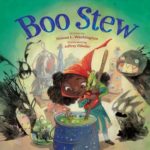 Boo StewDecember 7, 2021/0 Comments
Boo StewDecember 7, 2021/0 Comments -
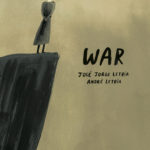 WarDecember 7, 2021/
WarDecember 7, 2021/ -
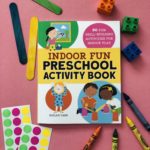 Indoor Fun Preschool Activity BookDecember 7, 2021/
Indoor Fun Preschool Activity BookDecember 7, 2021/
Tags
Categories
- Create
- History Curriculum Reviews
- Learn
- Read
- Black History Month Books
- Book Reviews
- activity book
- asian american and pacific islander
- black history month
- Cancer
- national hispanic heritage month
- Native American Heritage Month
- nurse week
- Picture Books
- Podcasts
- Pride
- Problematic Books
- Science
- Social Studies
- social-emotional learning
- Valentine's Day
- womans history month
- Women's History Month
- young adult
- Christmas Books
- Cinco de Mayo Books
- Halloween Books
- Hanukkah Books
- Juneteenth Books
- Kwanzaa Books
- Thanksgiving Books
- Valentine's Day Books
